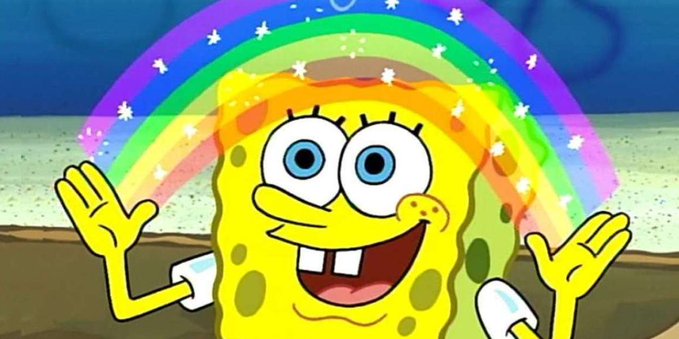
Nickelodeon's 21-year old character, Spongebob Squarepants, came out as gay — or so many fans speculate
The lack of LGTBQ+ representation in the media makes the community yearn for fictional characters to come out.
On June 13, Nickelodeon tweeted “Celebrating #Pride with the LGBTQ+ community and their allies this month and every month,” accompanying it with pictures of three of its LGBTQ+ characters — including Spongebob who they had not previously identified on the spectrum — sporting an array of colors.
Spongebob’s creator, Stephen Hillenburg — who died in 2018 — stated how Spongebob wasn’t gay, but rather asexual in an interview with People in 2005 after the character’s sexual orientation was questioned.
In spite of this, many continued to reject his answer and began to reopen the character’s case for being gay because of the disconnect between the creator’s intention and viewers’ interpretations.
Some even took it as far as to question Spongebob’s gender claiming he may actually be female.
The following evidence is considered to be substantial of queer mannerisms and some of the most popular among fans on Twitter:


Spongebob possibly alluding to classifying as ‘gay’ on the LGBTQ+ spectrum
However, the oppositional fan base denied the claim, and the evidence not enough because it is merely ‘comedic behavior.’
This ‘funny’ behavior has been used as comic relief since the beginning of motion pictures when “gay people were presented in a way that’s often referred to as ‘the celluloid closet,’” wrote ScreenRobot in 2014.
“They were not open, but rather coded in such a way that was a wink to gay audiences,” the article elaborated.
“From the very beginning, movies could rely on homosexuality as a surefire source of humor,” the article continued with an excerpt from the movie The Celluloid Closet.
As evident, being gay was and still is considered ‘funny’ possibly due to the fact that homosexuality is still taboo and has yet to become the norm or widely accepted.
RELATED CONTENT
Therefore, it provokes questions of whether this ‘gay’ behavior alludes to Spongebob being ‘gay’ or is simply comedy and why it matters.
There is a hyper-focusing of late on the sexual orientations of celebrities and fictional characters from fans and media consumers.
Any inkling of queerness suspected in public figures and fictional characters is quick to be pointed out by viewers and fans.
This was definitely the case for Canadian singer, Shawn Mendes, who reiterated his sexual orientation and defended his “feminine” side in 2018 after he was accused of being gay in a Rolling Stone interview according to Pride:
“I thought, ‘You fucking guys are so lucky I’m not actually gay and terrified of coming out...Maybe I am a little more feminine — but that’s the way it is. That’s why I am me,” he said.
Considering that those who self-identify as LGBTQ only make up 4.5% of the population in the U.S as of 2017, it confirms how identifying or showcasing LGBTQ+ ‘tendencies’ is still not in the bounds of ‘normalcy’ in America as evident in the questioning of Mendes’ and Spongebob’s sexual orientation.
Because being heterosexual is not only accepted, it is — to an extent — still expected as it translates when fans and media consumers do not point out ‘straightness’ or ‘straight tendencies.’
In contrast, Spongebob’s boss, Mr. Krabs’ sexual orientation is not questioned nor hyper-scrutinized because he displays the typical ‘masculine’ and ‘straight’ mannerisms and interests — one of them being Spongebob’s Driving School Teacher, Mrs. Puff- which is all the proof needed for viewers to overlook his behavior.



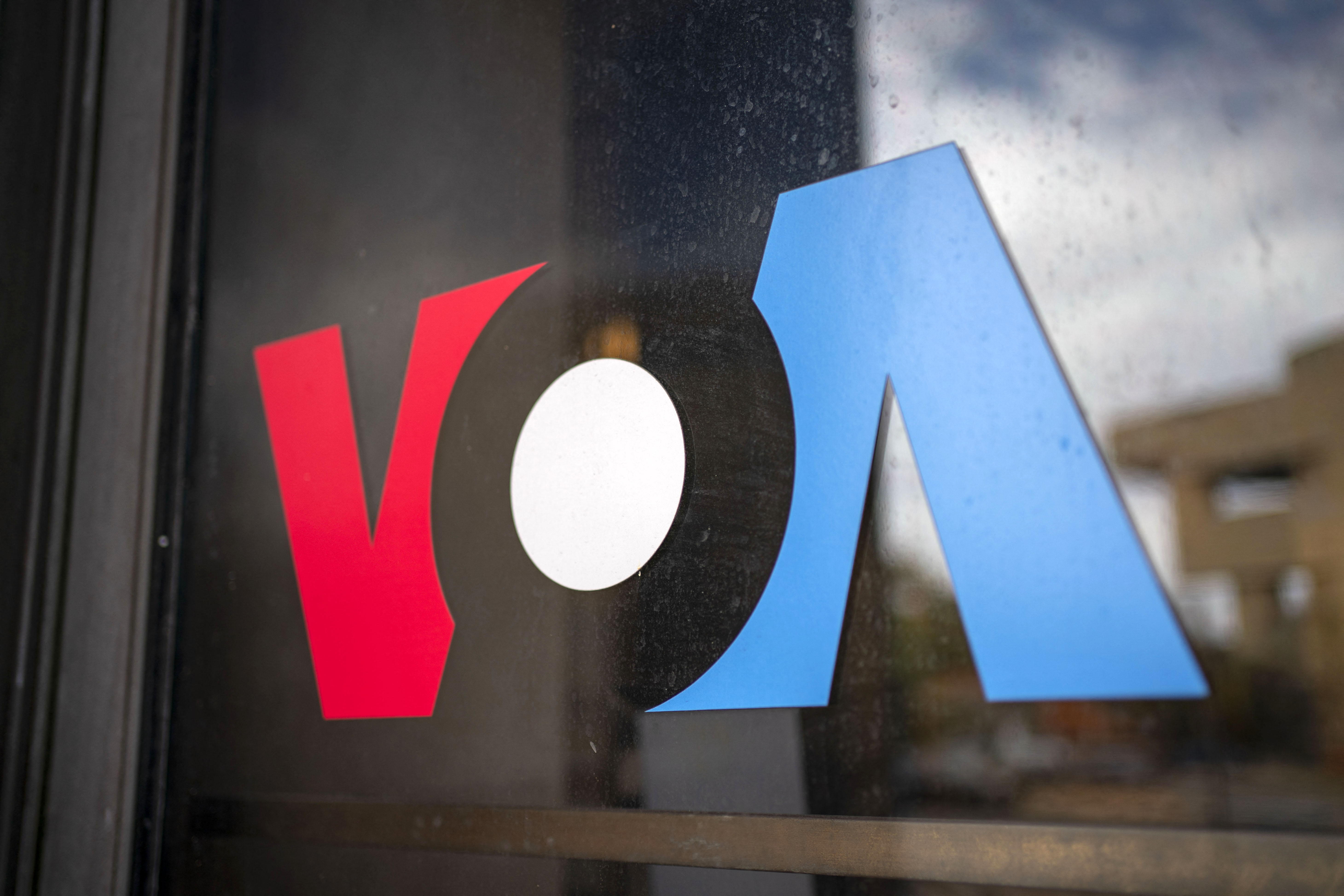
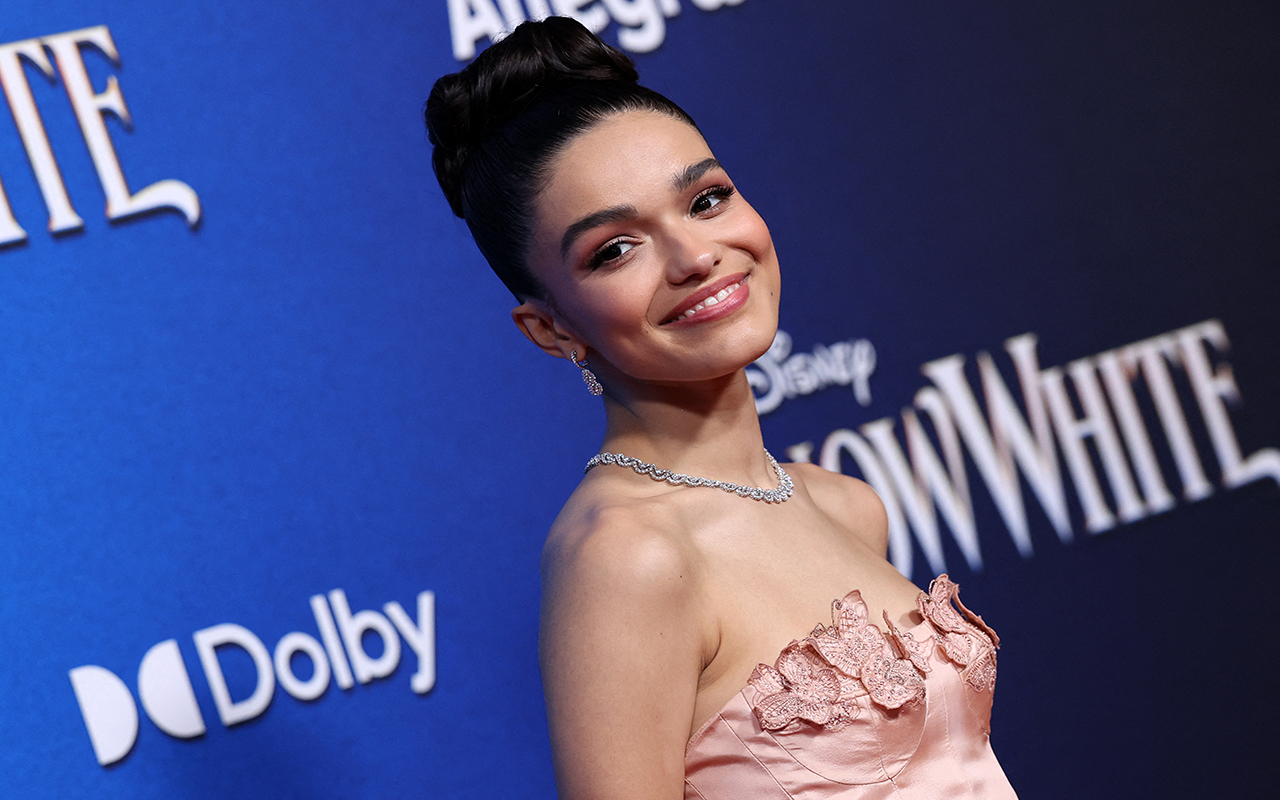




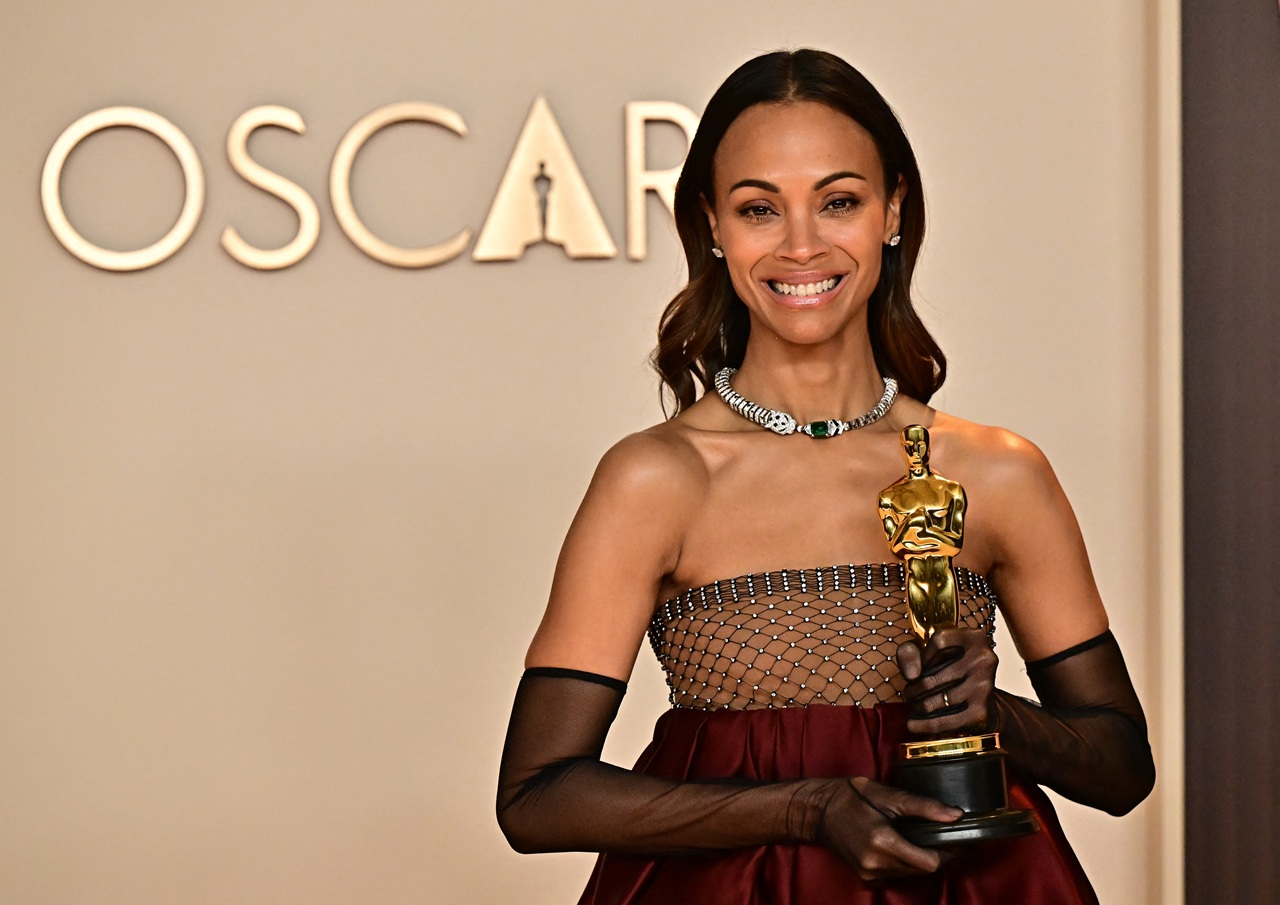
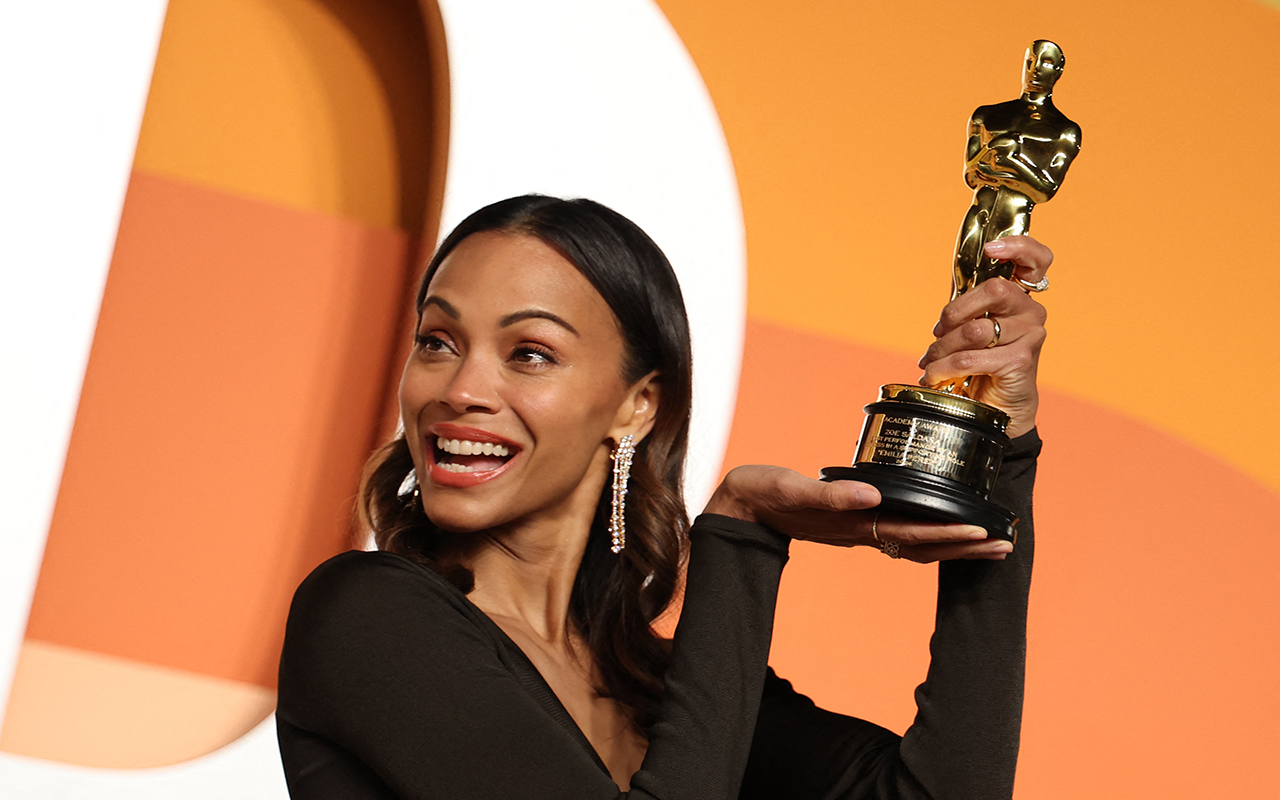

LEAVE A COMMENT: